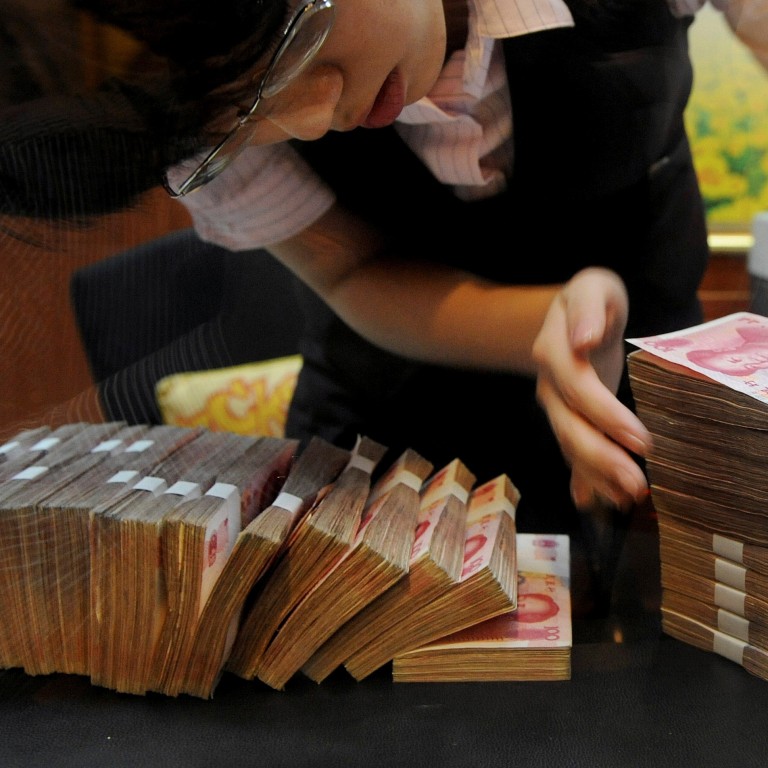
China cuts lending rate to aid coronavirus-hit economy, but warned it ‘will only provide limited relief’
- The one-year loan prime rate (LPR) was lowered by 10 basis points to 4.05 per cent, while the five-year LPR was lowered by five basis points to 4.75 per cent
- The cut followed a similar move in the central bank’s medium-term lending rate on Monday as policymakers sought to ease the drag to businesses from the coronavirus
China cut the benchmark lending rate on Thursday, as widely expected, as the authorities moved to lower financing costs for businesses and support an economy hit by a fast-spreading coronavirus outbreak.
The one-year loan prime rate (LPR) was lowered by 10 basis points to 4.05 per cent from 4.15 per cent.
The five-year LPR was lowered by five basis points to 4.75 per cent from 4.80 per cent.
We expect the People's Bank to continue loosening monetary conditions in the coming weeks, especially given signs that the coronavirus disruptions have started to weigh on employment
All 51 respondents in a Reuters survey had expected a reduction in the LPR, with 38 respondents, or around 75 per cent of participants, tipping a 10 basis points cut to both.
“We expect the People's Bank to continue loosening monetary conditions in the coming weeks, especially given signs that the coronavirus disruptions have started to weigh on employment.
“But rate cuts alone will provide limited relief to the millions of small private firms that are suffering the most from the epidemic and are poorly served by the formal banking. Surveys suggest that one-third of these firms may run out of cash in the coming two weeks unless activity normalises.”
The Chinese authorities are sending a message that easing will happen, but it will happen at a measured pace. They do not want fuel expectations that they will be easing aggressively
Mayank Mishra, macro strategist at Standard Chartered Bank in Singapore, said the cut to LPR was in line with expectations, but it may not be enough to overcome the economic impact of the virus.
“The Chinese authorities are sending a message that easing will happen, but it will happen at a measured pace. They do not want fuel expectations that they will be easing aggressively,” Mishra said.
“We expect more monetary easing in the form of 100 basis points in the required reserve ratio and 10 basis points in the medium-term lending facility in addition to what we’ve already seen.”
Investors are betting the authorities will roll out more monetary easing and fiscal stimulus in the near term to help smaller businesses that are struggling to tide over the crisis.
China reported a dramatic drop in new cases in the province at the heart of the coronavirus outbreak, official data showed on Thursday, although the death toll so far at over 2,000 has made it one of the biggest health emergencies in recent decades. Scientists reported the new virus may spread even more easily than previously believed.
The world’s largest-biggest economy, already grappling with growth at its weakest in almost three decades, had shown some signs of stabilisation just before the epidemic hit.
The LPR is a lending reference rate set monthly by 18 banks. The People’s Bank of China revamped the mechanism to price LPR in August 2019, loosely pegging it to the medium-term lending facility rate.
Purchase the China AI Report 2020 brought to you by SCMP Research and enjoy a 20% discount (original price US$400). This 60-page all new intelligence report gives you first-hand insights and analysis into the latest industry developments and intelligence about China AI. Get exclusive access to our webinars for continuous learning, and interact with China AI executives in live Q&A. Offer valid until 31 March 2020.

